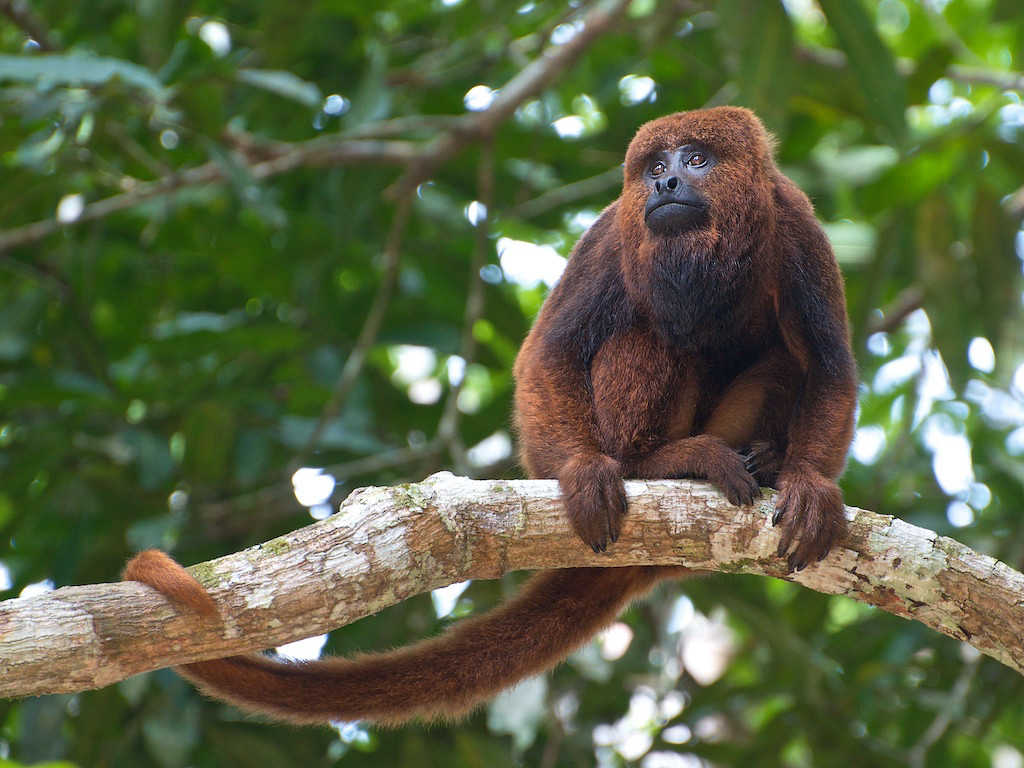BRASILIA – An outbreak of yellow fever has claimed the lives of more than 600 monkeys and dozens of humans in Brazil’s Atlantic rainforest region, threatening the survival of rare South American primates, a zoologist said on Wednesday.
The monkeys, mostly brown howlers and masked titis, are falling out of trees and dying on the ground in the forests of Espirito Santo state in Brazil’s southeast.
“The number of dead monkeys increases every day,” said Sergio Lucena, he said of the impact of the disease’s spread in his state, “We now know that the rare buffy-headed marmoset is also threatened by the yellow fever virus and dying.”
The howler’s sounds closely resemble grunts or barks. It was the silence that fell on the forests that first alerted farmers that something was amiss, sparking specialists to investigate.

The masked titi is considered as “vulnerable” by the Swiss-based International Union for Conservation of Nature, which has placed it on its Red List of Threatened Species.
No evidence has so far surfaced of the affliction felling woolly spider monkeys, considered one of the world’s most endangered by the IUCN.
WORST YELLOW FEVER OUTBREAK IN DECADES
Brazil is suffering the worst yellow fever outbreak in decades that has killed at least 69 humans, nearly all in central state of Minas Gerais, where the problems began.
Most people recover from yellow fever after the first phase of infection, which usually involvesfever, headache, shivers, loss of appetite and nausea or vomiting, according to the World Health Organization.
Millions of Brazilians have been vaccinated as health authorities scramble to prevent the outbreak from turning into an epidemic. There is no such protection available for monkeys.

Yellow fever is a viral disease found in tropical regions of Africa and the Americas that mainly affects humans and monkeys and is transmitted by the same type of mosquito that spreads dengue and the Zika virus.
Hundreds of thousands of people died from it in the Americas before a vaccine was developed in 1938.
Brazil’s federal health officials are investigating if the latest outbreak is linked to a tailings dam collapse last year in Minas Gerais at the Samarco iron ore mine co-owned by BHP Billiton and Vale SA.
The dam accident, which polluted the Rio Doce river, is regarded as the country’s worst environmental disaster.
Some scientists have said that calamity may have made the monkeys more susceptible to contracting yellow fever by decimating their habitat and food supplies.
ANTHONY BOADLE










